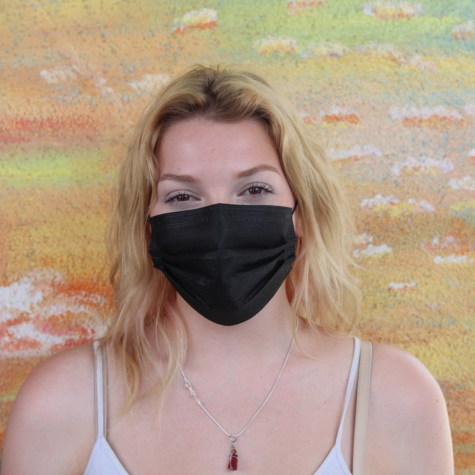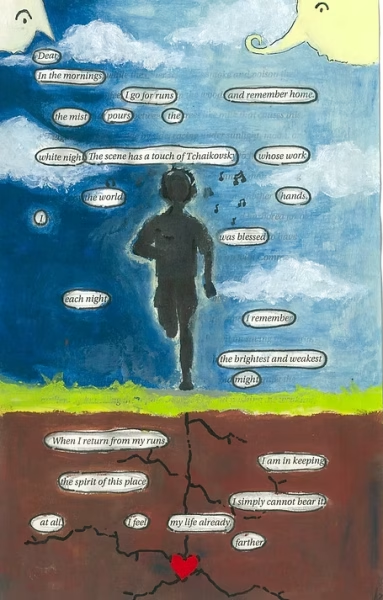New Covid-19 Strains
The ongoing pandemic that has taken over the last two years of life has continued to worsen in the world of variants. The newest variants, delta and omicron, have brought even more terror to the world.
Delta and Omicron are the two most widespread strains of COVID in the world as of right now. According to Yale Medicine, the delta variant’s symptoms include headaches, fevers, sore throats, and runny noses, but the chances of coughing and loss of smell are low.
“People who do get COVID need to monitor symptoms and be in communication with their primary care physician to establish a plan of care that is right for the individual. It is not a one size fits all plan of care,” said Loma Linda Hospitals’ Assistant Vice President of Quality and Patient Safety, Brenda Bruneau. “People need to know that COVID is real and there are things to do to protect yourself and your family including masking, physical distancing, not being around others (including work) when you are sick, and vaccinating.”
According to the CDC, omicron is more contagious than other strands and less symptomatic.
Precautions, just like during the early months of the pandemic, are very important to continue. Washing your hands, using hand sanitizer, wearing a mask covering your mouth and nose, getting the COVID vaccine, and following CDC guidance on gatherings. Doing these things will help increase your chances of not getting the virus.
The CDC has authorized booster shots for people twelve and older. Although, twelve through seventeen-year-olds may only receive the Pfizer or Comirnaty booster. People eighteen-years-old and older can receive any booster shot being administered. For all ages, there must be a five-month gap between the first dosages of the COVID vaccination and the booster shot. People who received the J&J vaccine may get their booster after two months.

Ashlei Gruender is a senior at RCHS, and this is her second year in journalism. She is a staff reporter for the school’s newspaper, The Cats Eye. Her...






